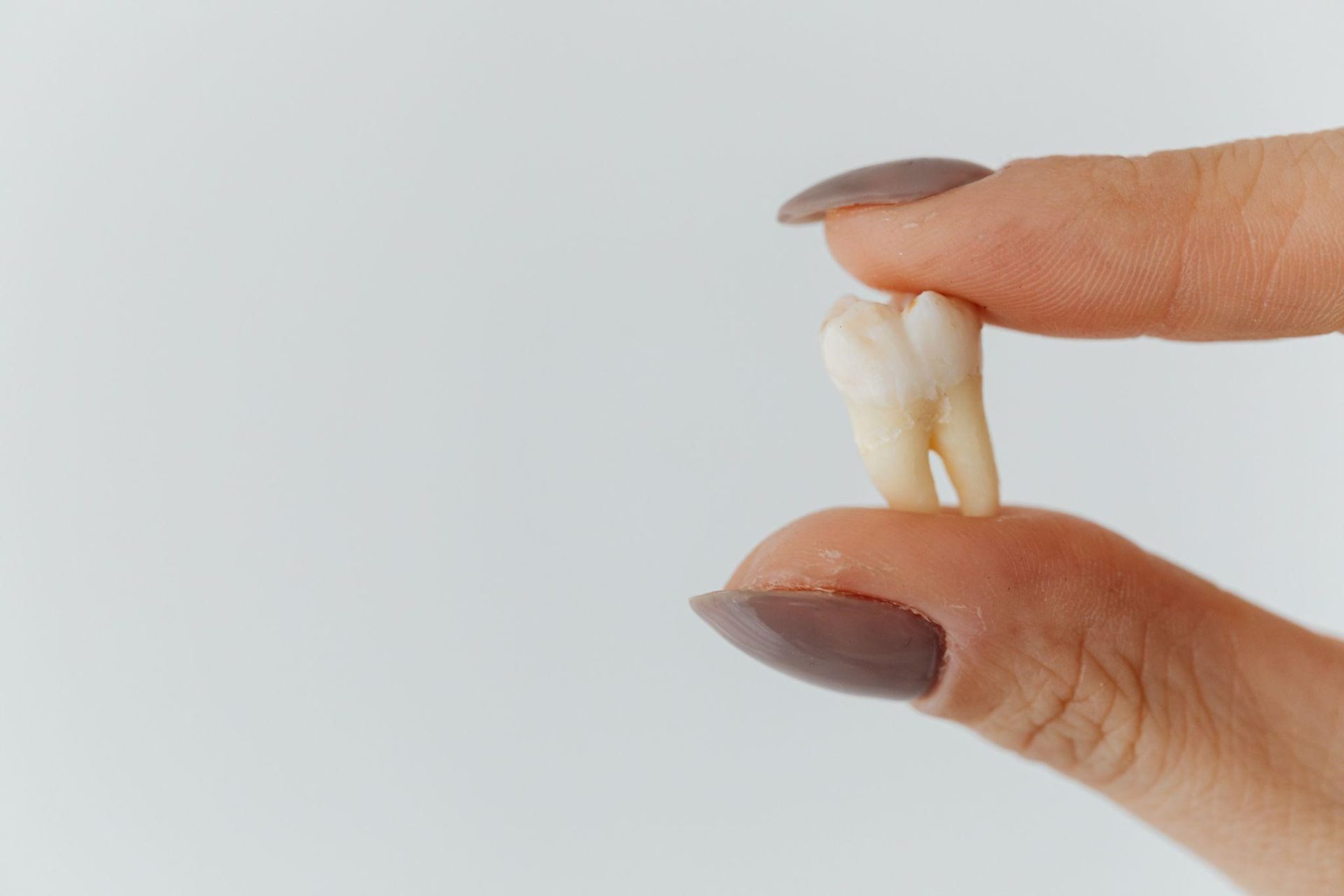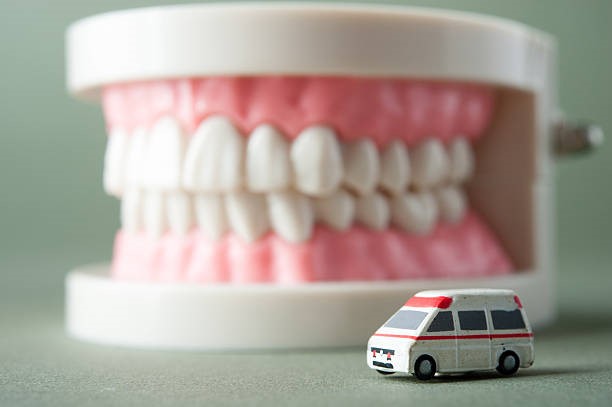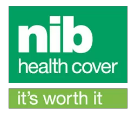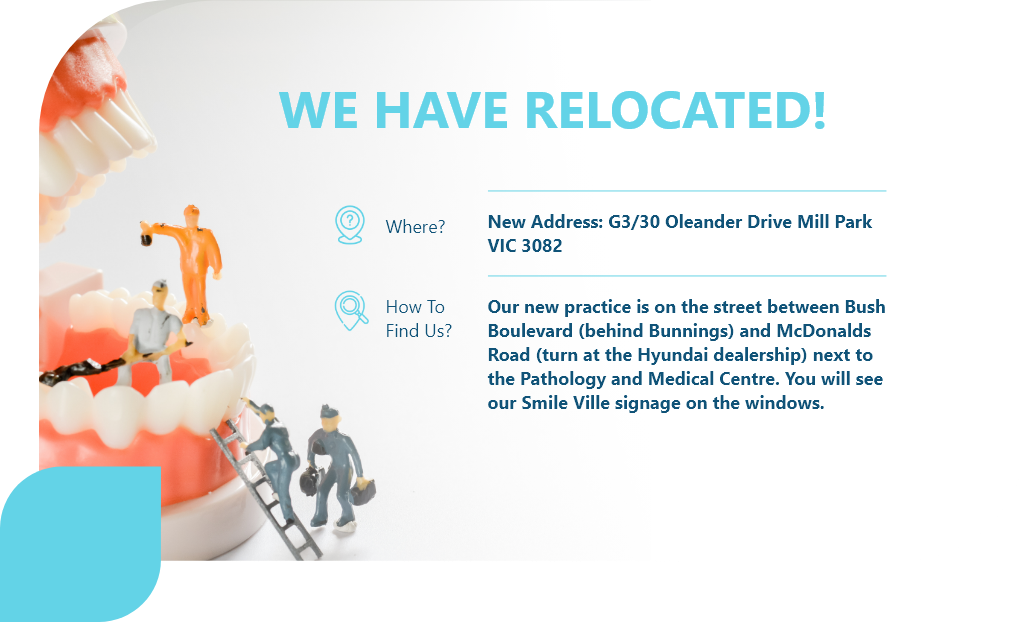What are dental emergencies?
Any situation that requires immediate dental attention to save a tooth or prevent severe damage to the mouth is considered a dental emergency. Dental emergencies can be caused by a variety of factors, including trauma, infection, and dental decay.
In most cases, dental emergencies should be treated by a qualified dental professional as soon as possible. However, some simple steps can be taken at home to reduce pain and prevent further damage.
8 Common Dental Emergencies and First Aids
Dental emergencies can be frightening and painful, but knowing what to do in the event of one can help you stay calm and get the treatment you need.
1. Chipped Tooth
One dental emergency that can occur is a chipped tooth. This generally happens from an accident involving the teeth, such as biting into something hard or being hit in the face. The first aid for a chipped tooth is generally to rinse the mouth with warm water and then use cold compresses on the outside of the mouth to reduce swelling.
If there is bleeding, apply gauze to the area and apply pressure. It is important to see a dentist as soon as possible after a dental emergency occurs in order to avoid further damage or infection.
2. Knocked-out Tooth
The first aid for a knocked-out tooth is relatively simple: gently rinse the tooth with warm water and try to insert it back into the socket. If that isn’t possible, place the tooth in a glass of milk or water and contact your dentist right away.
In the meantime, avoid chewing on hard foods and use dental floss carefully to avoid irritating the affected area. With quick action and proper care, most dental emergencies can be resolved without any long-term damage.

3. Loose Tooth
One dental emergency that can cause a lot of anxiety is a loose tooth. It’s important to remain calm and call your dentist right away. In the meantime, there are some things you can do to ease your discomfort.
First, avoid wiggling or playing with the tooth. This can increase inflammation and make the situation worse. Next, try to keep the area clean by gently brushing your teeth and rinsing with warm water.
If you’re in pain, you can take an over-the-counter pain reliever. Finally, apply a cold compress to the outside of your cheek to reduce swelling. Once you’ve taken these steps, see your dentist as soon as possible so they can determine the best course of treatment.
4. Bitten Lip or Tongue
If you are unfortunate enough to have teeth marks on your tongue or lip, the first thing you should do is try not to panic. You can then gently clean the area with warm water or a saline solution. Apply a cold compress to the area for 10 minutes to help reduce swelling.
Using a clean gauze pad, bite down gently on the wound if the bleeding does not stop. If the bleeding continues, seek medical attention immediately. While a bitten tongue or lip may not seem like a serious injury, it can quickly become infected if not properly treated.
5. Sore Gums
The first aid for sore gums is ice!
That’s right, good old-fashioned ice. It turns out that you can apply the RICE method – Rest, Ice, Compression, and Elevation for some dental emergencies. So, next time you’re in a dental pickle, reach for the ice!
6. Toothache
A dental emergency can strike at any time and often results in a toothache. While the pain can be unsettling, there are a few things you can do to ease the discomfort. First, try rinsing your mouth with warm water.
If the pain persists, take an over-the-counter pain reliever such as ibuprofen. You can also apply a cold compress to the outside of your cheek to numb the area. If the pain is severe, contact your dentist right away. In the meantime, avoid eating or drinking anything that might aggravate the pain.

7. Broken Braces or Wires
As anyone who has ever worn braces can attest, broken wires and brackets are a dental emergency. Not only are they painful, but they can also cause serious damage to your teeth if left untreated.
First, try to gently push the wire back into place with a cotton swab or your finger. If that doesn’t work, you can use a pair of tweezers to remove the broken piece. Once the wire or bracket is removed, rinse your mouth with warm water and apply a cold compress to the area to reduce swelling.
If the pain persists, contact your orthodontist for an appointment. In the meantime, try not to chew on anything hard or sticky as this can further damage your teeth.
8. Bad Breath
Also known as halitosis, bad breath can be a dental emergency. The first step in treating this is to figure out the cause. There are many possible causes of bad breath, including food particles trapped in teeth, gum disease and dry mouth. Once the cause is determined, the appropriate treatment can be initiated.
For instance, if food particles are the cause, brushing and flossing teeth may be all that is needed. If gum disease is the cause, more aggressive dental treatment may be required. In any case, bad breath is an embarrassing condition that can be treated successfully with the help of a dental professional.
If you experience any of these dental emergencies, see a dentist as soon as possible for an evaluation and treatment.











